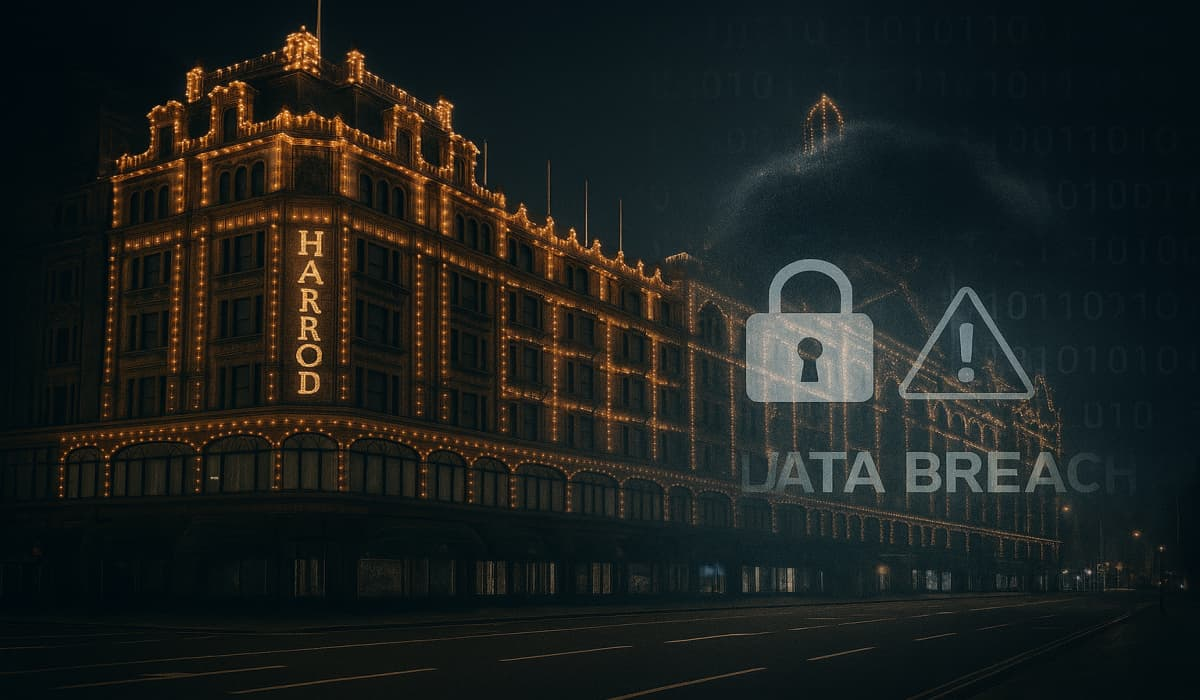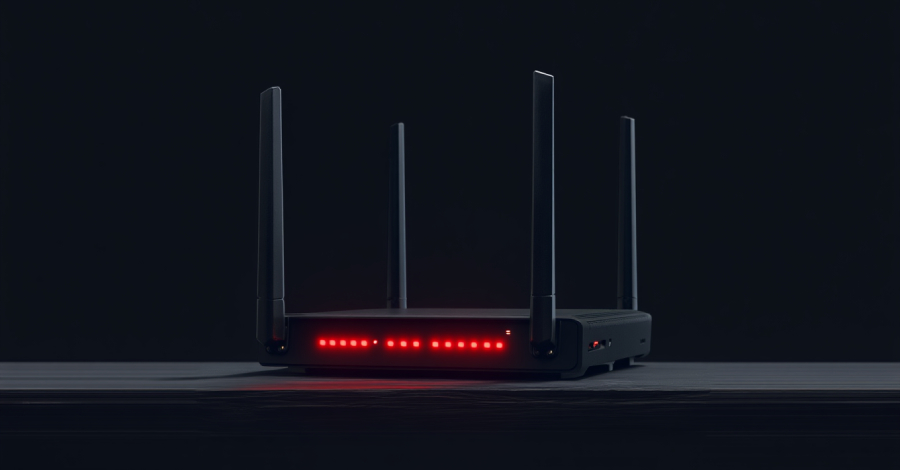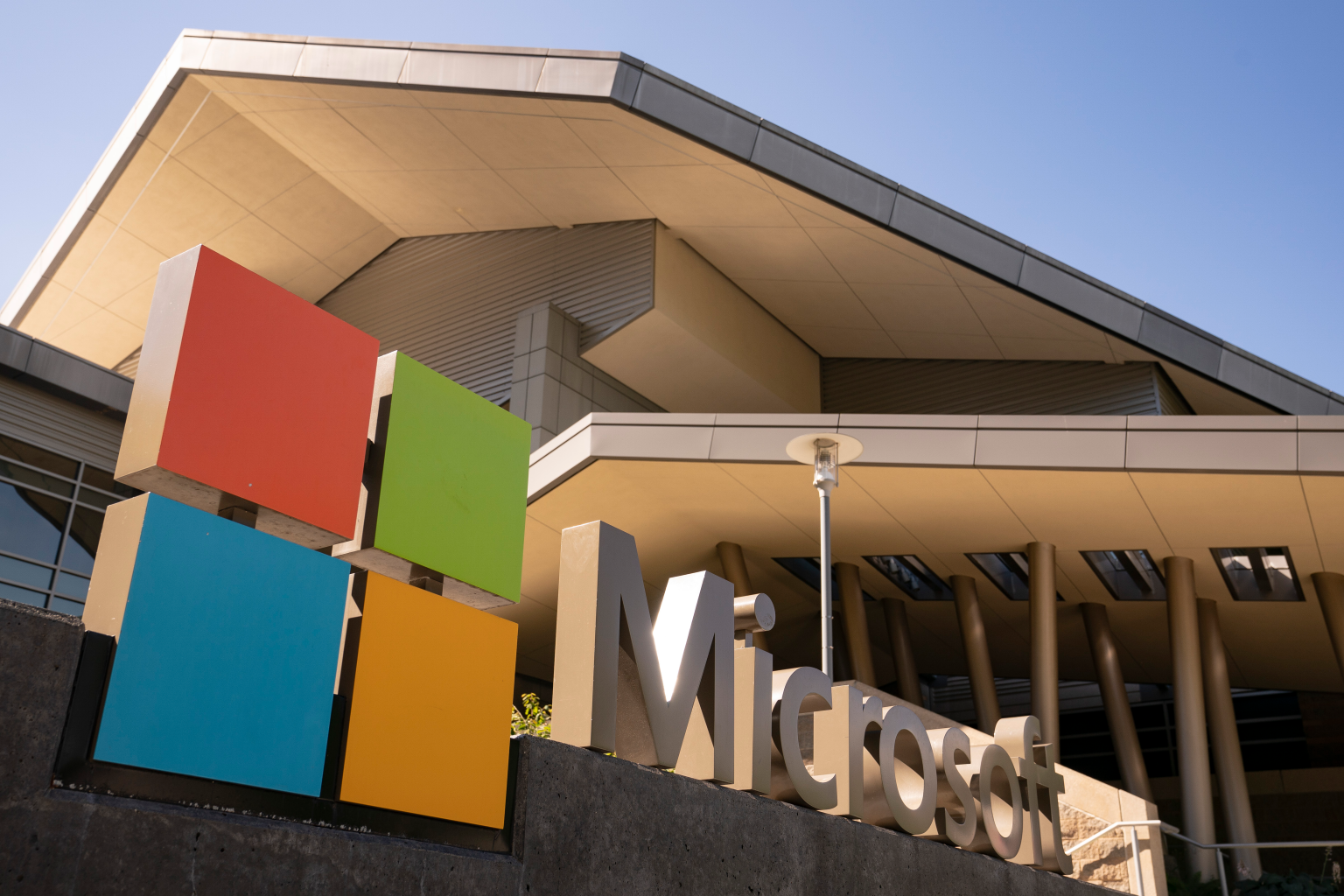Check Point Software Technologies announced Monday it will acquire Lakera, a specialized artificial intelligence security platform, as entrenched cybersecurity companies continue to expand their offerings to match the generative AI boom.
The deal, expected to close in the fourth quarter of 2025, positions Check Point to offer what the company describes as an “end-to-end AI security solution.” Financial terms were not disclosed.
The acquisition reflects growing concerns about security risks as companies integrate large language models, generative AI, and autonomous agents into core business operations. These technologies introduce potential attack vectors including data exposure, model manipulation, and risks from multi-agent collaboration systems.
“AI is transforming every business process, but it also introduces new attack surfaces,” said Check Point CEO Nadav Zafrir. The company chose Lakera for its AI-native security approach and performance capabilities, he said.
Lakera, founded by former AI specialists from Google and Meta, operates out of both Zurich and San Francisco. The company’s platform provides real-time protection for AI applications, claiming detection rates above 98% with response times under 50 milliseconds and false positive rates below 0.5%.
The startup’s flagship products, Lakera Red and Lakera Guard, offer pre-deployment security assessments and runtime enforcement to protect AI models and applications. The platform supports more than 100 languages and serves Fortune 500 companies globally. The company also operates what it calls Gandalf, an adversarial AI network that has generated more than 80 million attack patterns to test AI defenses. This continuous testing approach helps the platform adapt to emerging threats.
David Haber, Lakera’s co-founder and CEO, said joining Check Point will accelerate the company’s global mission to protect AI applications with the speed and accuracy enterprises require.
Check Point already offers AI-related security through its GenAI Protect service and other AI-powered defenses for applications, cloud systems, and endpoints. The Lakera acquisition extends these capabilities to cover the full AI lifecycle, from models to data to autonomous agents.
Upon completion of the deal, Lakera will form the foundation of Check Point’s Global Center of Excellence for AI Security. The integration aims to accelerate AI security research and development across Check Point’s broader security platform.
The acquisition is another in a flurry of bigger cybersecurity companies moving to acquire AI-focused startups. Earlier this month, F5 acquired CalypsoAI, Cato Networks acquired Aim Security, and Varonis acquired SlashNext.
The deal remains subject to customary closing conditions.
The post Check Point acquires AI security firm Lakera in push for enterprise AI protection appeared first on CyberScoop.
–
Read More – CyberScoop



